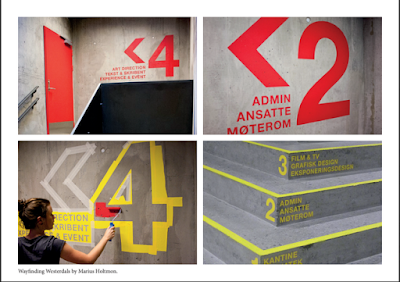Work I conducted:
Leeds Arts University
History
Leeds Arts University
has been around since 1846 when Leeds Mechanics Institute merged with
the Literart Institute creating Leeds School of Art. Coming together
at Vernon Street in 1903 to evolve heavily influenced by the Art and
Craft movement – could this be a style we develop to connote the
roots of the university. Could we introduce stained glass features in
this style playing on the use of lights and windows?
Henry Moore and Barbara
Hepworth enrolled 1919 and 1920 – could this be something else we
celebrate within the collage. Perhaps we could have one of their
pieces as a main feature – or work by students inspired by the two
legends.
In 1950 the Basic
Design course was created and a more scientific approach was
encouraged in the students – so they could gain capacity for
constructive criticism and understanding. Could the aesthetic of the
new building focus on the order of creativity – objectivity/ how
science can create art. Although in 1960 courses were made which took
a more open minded, flexible approach.
Between 1968-93 the
college was named Jacob Kramer College after a leading alumni who was
famous for oil paintings. Many of his subjects have been painted with
black eyes – could this be a feature, or perhaps could prints of
his paintings be showcased.
In 2017 university
status was granted – making them the only specialist arts
university in the North of England!
University Moodboards:
Another of my roles was to create moodboards to explore the different aesthetics of the university. This included a more colourful compilation, a bold black and white exploration, a blue themed design and finally one focused on the people you find at art school. A particular favourite of mine was the black and white design, the mirror imagery seemed particularly interesting - I wondered if maybe there could be a form of wayfinding that involved reflected and distorting imagery.
Jasmine - Current Wayfinding
Jasmine worked on the current features of the building, analysing what works well in the building and what could be improved. Whilst walking around we took a lot of pictures, of the wayfinding but also the distinctive features of the building - what defines it. This lead us to realise the best parts of the university have lots of light, with high windows, creating a motivating working environment. This was something we explored later on.
Megan - Wayfinding Examples
Megan researched some existing successful wayfinding systems, these were interesting and experimental but also realistic. We wanted to create something for the system that wasn't unrealistic or asking too much - this was to prove that a powerful wayfinding system can be made within reason. There was a particular focus on the neon lighting that Megan found, this was because the University uses a lot of neon lighting and was eventually something we took forward.
Holly - Survey Research
For part of the research Holly created a survey to assess opinions on the current wayfinding system and the types of things that inspire creative students. Nature was by far the most popular result here, this lead us to want to incorporate nature into the final wayfinding system. Colour was also a popular result. The current style of the uni is very white and bland - we wanted to research and explore different ways that colour could be brought in on a big scale within the university.















No comments:
Post a Comment